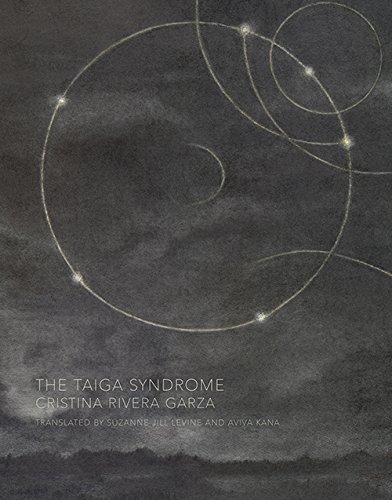CAMELLIA STREET BY MERCÈ RODOREDA, TRANSLATED BY DAVID ROSENTHAL
Mercè Rodoreda’s Camellia Street is a study in whiplash. Though first released in Catalonia in 1966, the book remains sharply resonant and intimately relatable today to any woman who has ever felt herself apart, numbed by life’s vicissitudes even as she finds sweetness in them—any woman “trapped alive,” as narrator Cecília notes, “in a piece of candy.” In less than 200 pages, Cecília charts her history: how she was discovered as a foundling, how she abandoned home to live first with her young love Eusebi in a shantytown, then with a stream of various men solicited on street corners, in cafés, through friends. Though fraught with loss and near-constant uncertainty, Cecília’s past as she tells it is one of relatively little emotion. Buoyed as much by own hard shell, her own stark remove as the sensory details of post-war Barcelona—a bejeweled silk dress stitched by nuns, a wooden angel with hands removed, bluebells planted then crushed between fingers, the velvety ferns in a café, the lime-flower tea—she flits from one café to the next, one man to the next, finding herself installed in one apartment after another in detached fits and starts.
If she is dream or doll to the men she encounters, Cecília is fully real to us readers, made vivid through Rodoreda’s careful attention to details both sensory and strange, and often grim; “. . . how the moon,” Cecília muses, “was gnawed by termites with worms in all holes, like corpses in burial niches.” In this regard, Cecília’s sense of remove only serves to make her feel all the more human; her detachment a survival mechanism as hard and cold and necessary as the stone benches she sits on when she works Las Ramblas. Though, as translator David H. Rosenthal astutely notes in his introduction, “[t]he parallels between her inner life and the disoriented, catatonic Barcelona of the 1940s and 1950s are striking . . . Rodoreda never presses the point.” Indeed, what’s most brilliant about this book is its myopic lens; its keen ability to peer narrowly, vainly, self-absorbedly outwards through a wonderfully crafted mind.
— Review by Elizabeth DeMeo






